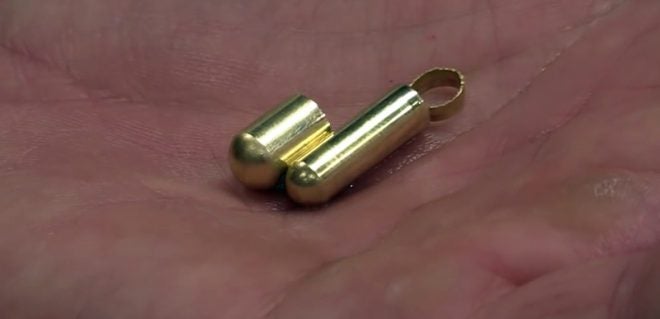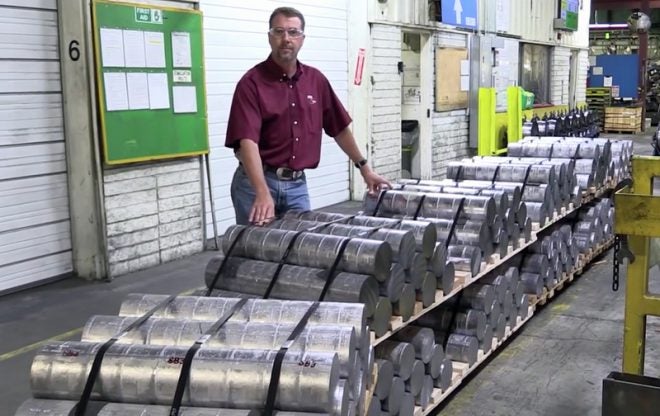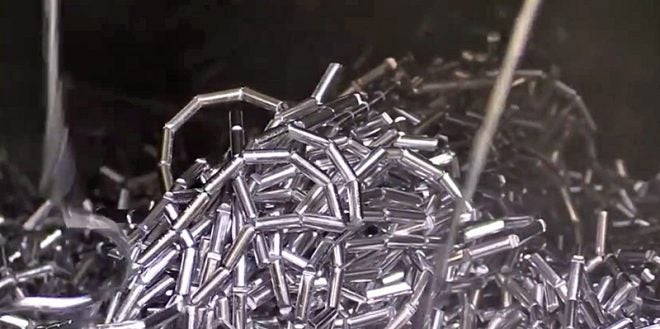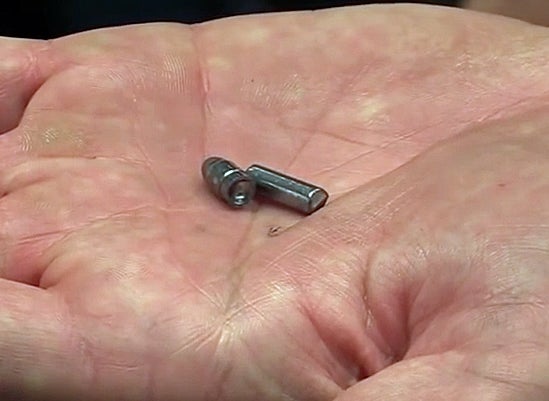Watch: How is 22 Rimfire Ammo Made?
Russ Chastain 06.12.17

I really enjoyed this video, which shows us how CCI 22 rimfire ammo is made in CCI’s factory.
To begin, circles are punched out of sheet brass and cold-formed into small brass cups. Then to relieve the stress of the cold forming process, they are annealed. After a wash and dry, a drawing process reduces diameter and increases length.

Next comes another wash and dry before hitting the header. The header is so named because it forms the case head, the part with the rim. It also adds the head stamp, which in this case is the C for CCI.
A surprisingly non-automated step comes next, in which the brass cases are placed into plates so they can be primed.
In rimfire ammo, priming compound is placed into the inside of the case head and made to flow into the rim from the inside. Then a firing pin strike can pinch the brass rim to ignite the priming mix and thus ignite the powder charge.
After priming, the case is of course charged with powder and a bullet is seated into it. Next comes the crimp, which tightens the case mouth so that it will hold onto the bullet properly. After that, the ammo can be sorted into trays and the bullets waxed, then it’s boxed (and presumably sent to Wal-Mart where one person will buy it all and cram it into a dank corner of his basement until the world ends).

Next, we see how they make their bullets. The amount of lead the factory consumes in a day is tremendous, and the process of turning it into bullets is interesting. It’s molten and cast into large cylindrical six-inch-diameter 300-pound billets, which are then shoved through a press to form wire, which is then cut into slugs.

Each slug can then be formed into an actual bullet.

Bullets are then coated with black lead or plated with copper before being loaded into ammo.
I like it.
